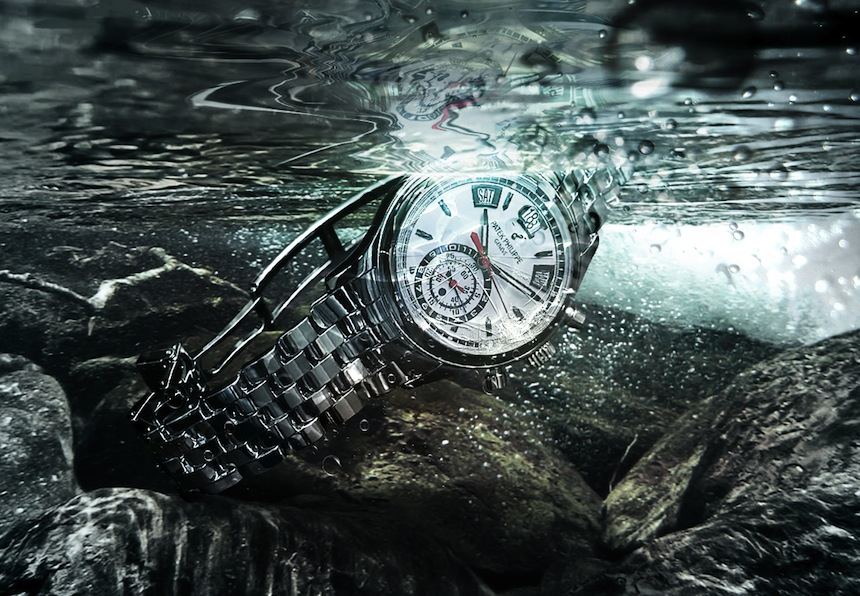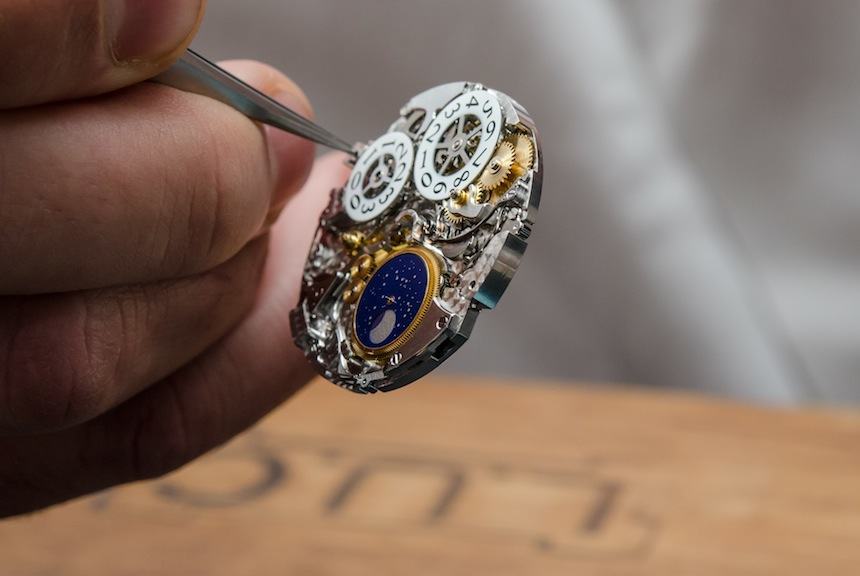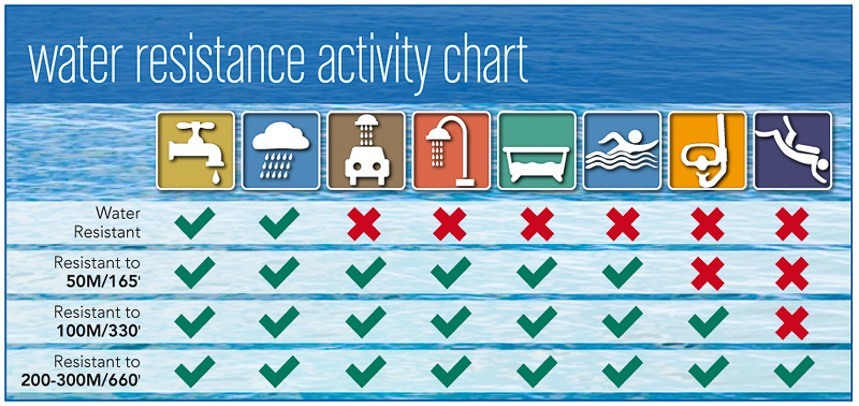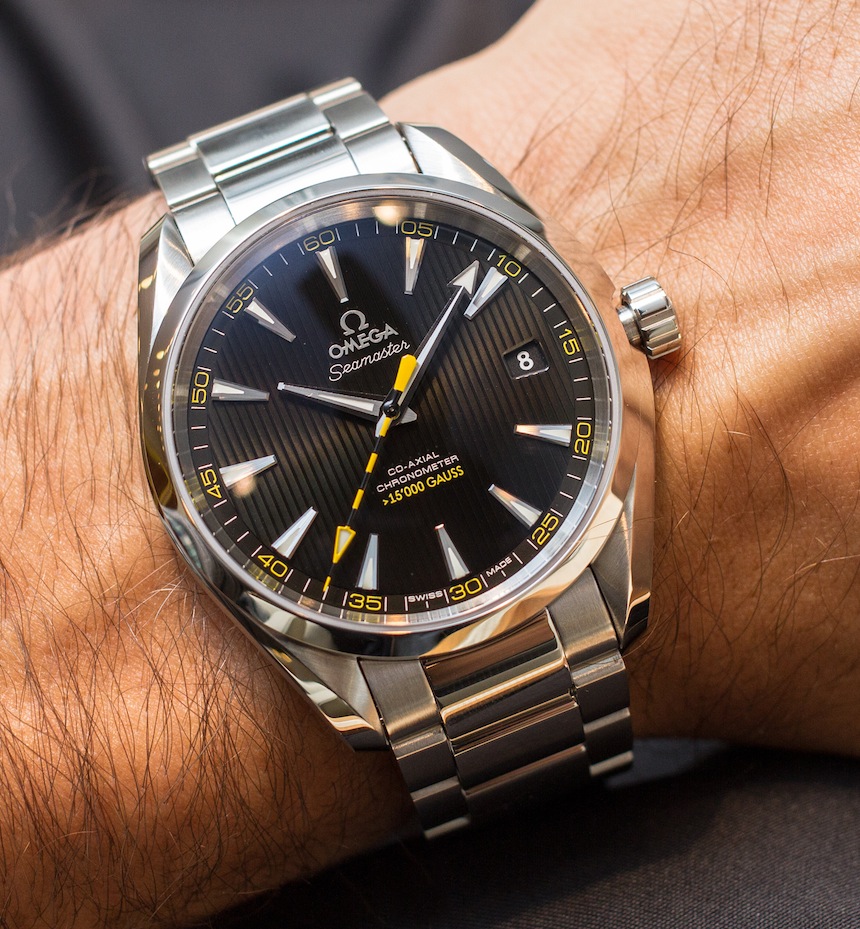
Luxury watch durability is an important issue to both consumers and retailers. People who spend money on expensive watches have a certain expectation of strength and durability, and those expectations aren’t always met. We are talking about the type of activity a timepiece is designed for and when it is likely to break. In short, there is an educational and informational problem in the watch industry surrounding the issue of explaining to customers when wearing their new high-end watch is a good or bad idea.
I recall a few months ago leading a seminar about watches to a group of retailers. A few jewelry and watch retailers began to complain that watch brands don’t do enough to tell customers what is and is not appropriate when it comes to how to wear their watches. It seemed that people would go rock climbing with their new Patek Philippe or Swimming with their new Chopard dress watch. The consumers would then angrily return to the store complaining that their new “incredibly expensive watch” was breaking too easily and that this was not acceptable. Warranties did not apply when it was found that a Patek Philippe watch was dropped from 50 feet or that a watch with a water resistance of 30 meters was taken swimming.

Sporty looks often conceal delicate mechanisms: pictured here is a Chopard LUC perpetual calendar module removed from the base movement
Considering the issue, I feel that the retailers had a good point. It is one thing for experts such as myself and other seasoned watch lovers to know when and when not to wear a watch, but the general luxury consuming public (if there is such a thing) should not be held to the same standards. Watch makers are often very poor at explaining the suggested durability of their timepieces, and when watches break, it is often the consumers who suffer.
Let’s be clear that what I am referring to isn’t a defective or poorly designed watch case or movement that breaks under normal wear. There is a larger problem of complicated watch movements being released for sale before they are actually ready for prime time. Those are altogether different issues, and unrelated to what I am talking about today. I am speaking about the notion of people understanding in what instances they can wear their otherwise well-performing watches. This is about knowing what activities your wrist watch was designed for, and when to take it off your wrist.
Most of the innovations related to timepieces over the last 100 years have been in the realm of durability. We have seen the water resistant watch, the dust-resistant watch, the shock-resistant watch, the diving watch, the flying watch, the anti-magnetic watch, the vibration-resistant watch, and more. Each of these innovations have been developed in order to protect the delicate mechanical movements inside of a watch case from wear, environmental hazards, or the daily abuse a watch can suffer from being jolted around on someone’s wrist.
Having said that, not all watches are created equally, even though timepieces made today are far more durable than ever. When it comes down to it each individual watch has its own level of durability, and watch brands and retailers should be aware that consumers need to be notified how to wear their watches.
To a degree, much of this is common sense. Would you wear expensive dress shoes hiking? Probably not. Is a tuxedo the best outfit for going swimming? No. Consumers should understand that the theme/style of their watch helps define how they are meant to be worn. Dress watches are not for sport, but are all sport watch created equally? Unfortunately not.
Despite what seems logical to many of us, stories of people taking their new dress watches into the wild are all to common, and results are often rather sad (meaning expensive repairs). This is especially the fact with consumers who invest in some of the world’s most expensive complicated watches. There is the story of the guy who likes to wear tourbillons while jet skiing, and the story of the guy who went swimming with his Blancpain 1735. These and other tales of timepiece bravery (or idiocy) are more common than you might expect.
Water getting into a watch movement is perhaps the worst thing that could happen. Watch movement’s don’t just dry and go back to normal, but in most instances rust quickly develops and literally destroys a movement. Dust is perhaps less damaging, but still something you want to keep out of your watch. Why are so many high-end watches getting wet?

One issue is the watch industry’s very poor practice of how they define water resistance. Watches that are literally no more than “splash-resistant” are often labeled as “water-resistant” or “water resistant to 30 meters.” Nothing in the watch industry is more misleading than a watch labeled with “30 meters of water resistance.”
If you think about it, 30 meters is actually pretty deep. That is a recreational dive. No watch water resistant to 30 meters is actually rated to be submerged in water. So why then do so many watches even say 30 meters? It really has to do with how they are rated which is often with air pressure and not actually in water. The gentle seals are tested with the equivalent air pressure that being 30 meters under water would give. In the real world, these things are very different. Thus, 30 meters of water resistance quite literally does not mean your watch is resistant to being submerged down to 30 meters.
So what can you do with a watch that is water resistant to 30 meters? More or less wash your hands, if that. In this article and the gallery below, I’ve included a few different watch water resistance charts. You’ll notice that each of these seems to actually disagree on just what you can do with a 30 meters water resistant watch, but more agree that it is OK for “accidental splashes only.” Some say that maybe you can be in the rain or wash your car with the watch.
It isn’t until 50 meters of water resistance that a watch is deemed OK for light swimming or being under any water. Some brands feel that 50 meters of water resistance is OK for showering with your watch on, but we generally advise against that. Why? Well, the heat pressure of shower water create a special situation that should generally be avoided as it can force water into a watch and overstress parts like rubber gaskets.

